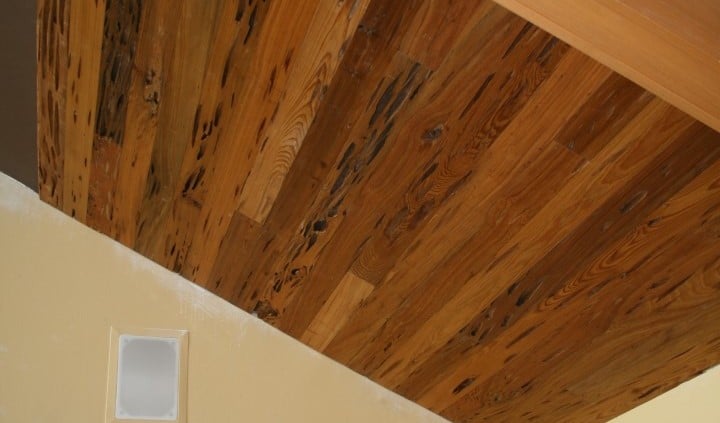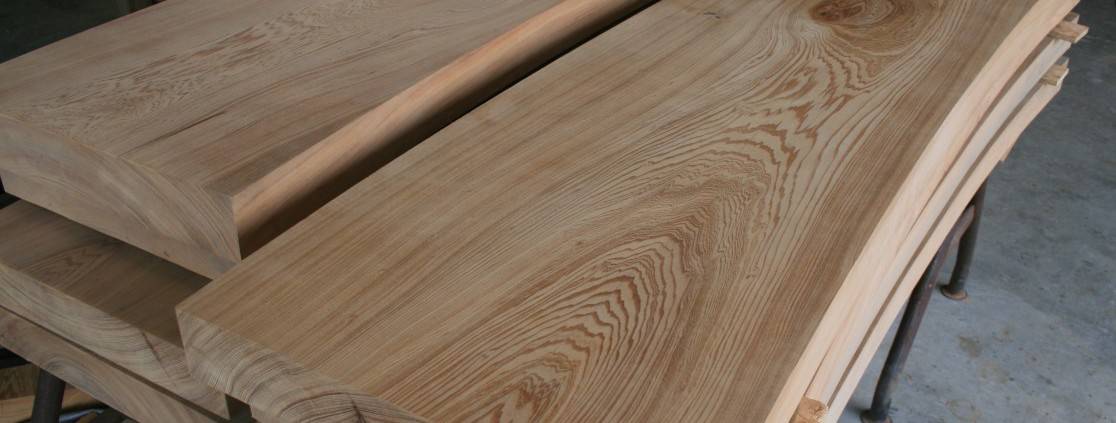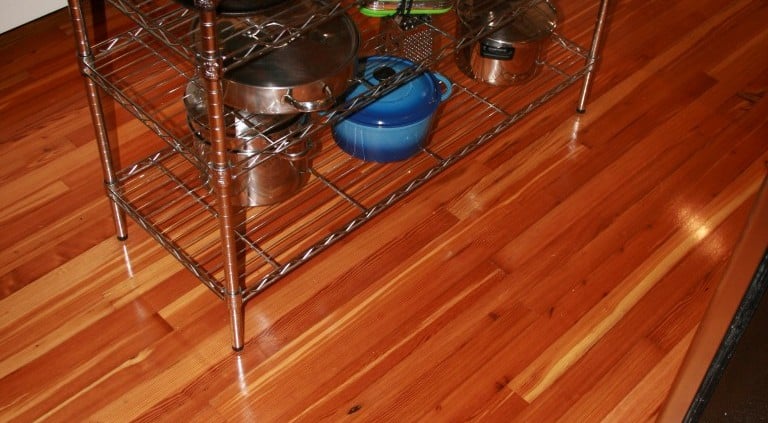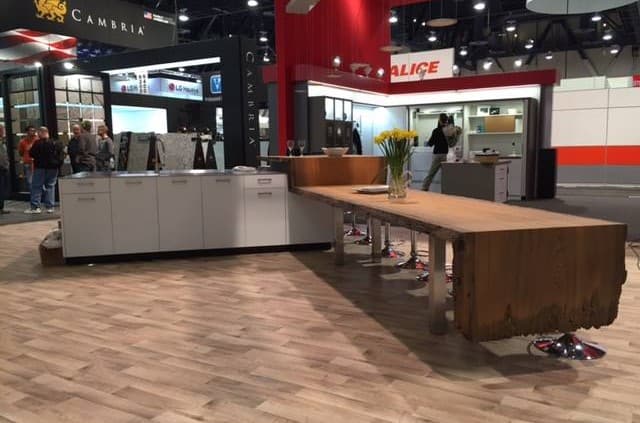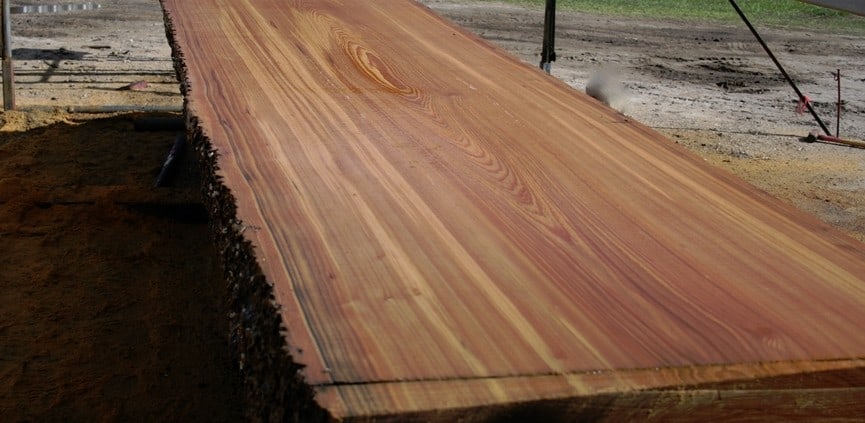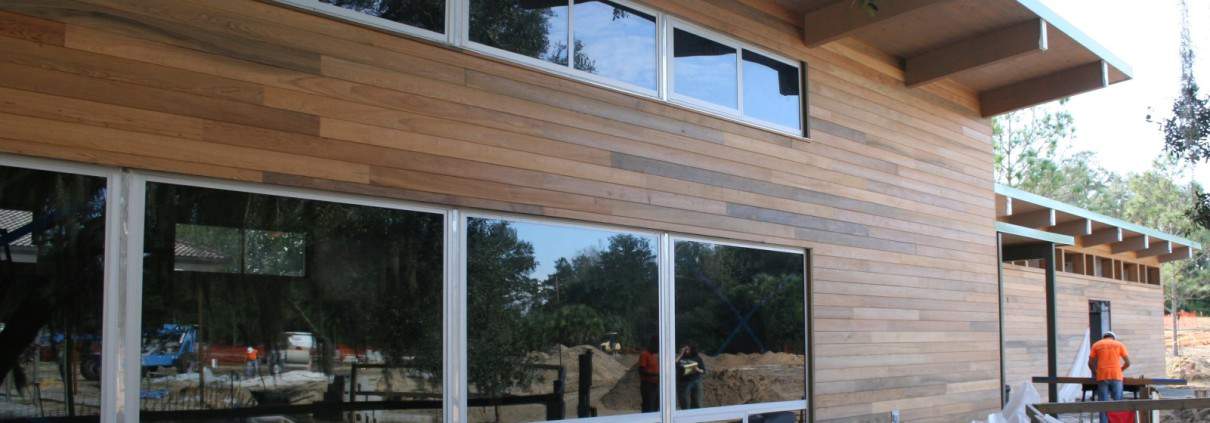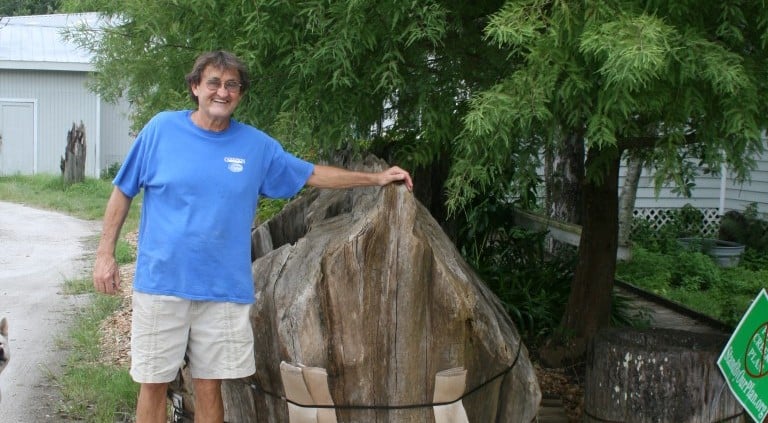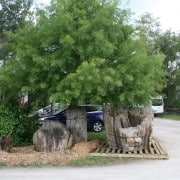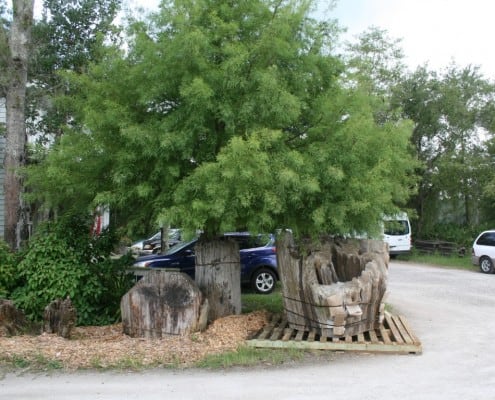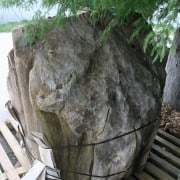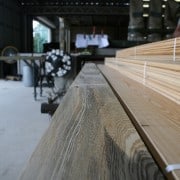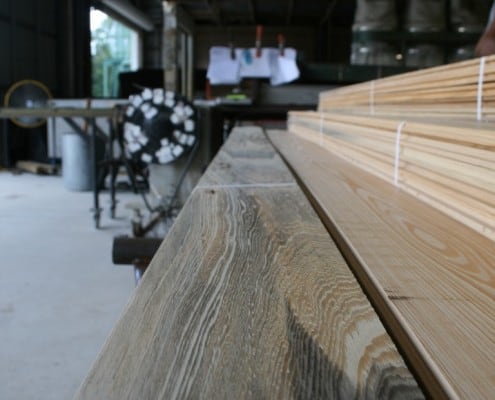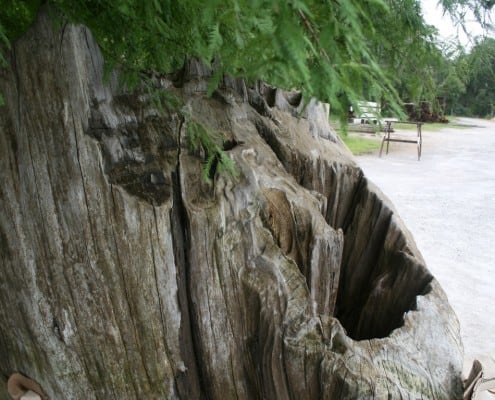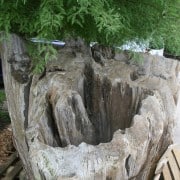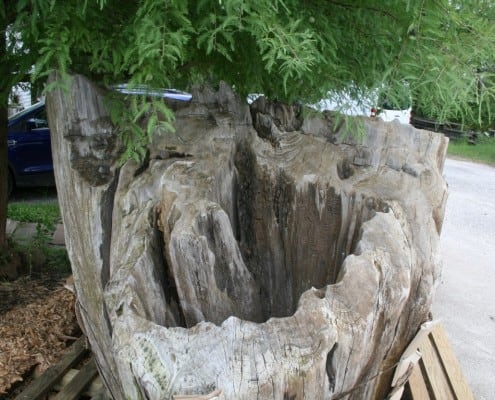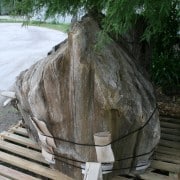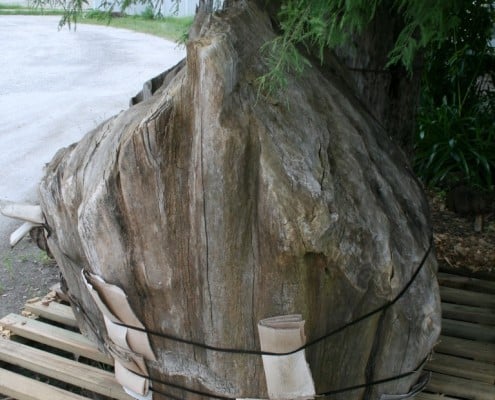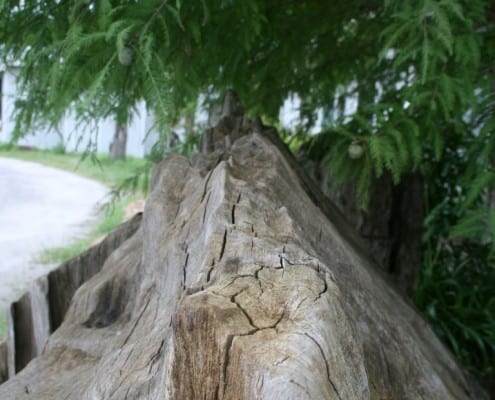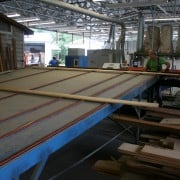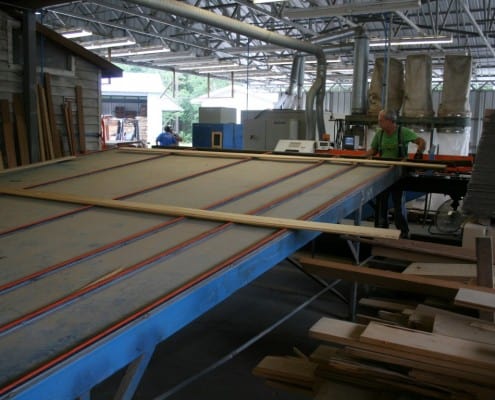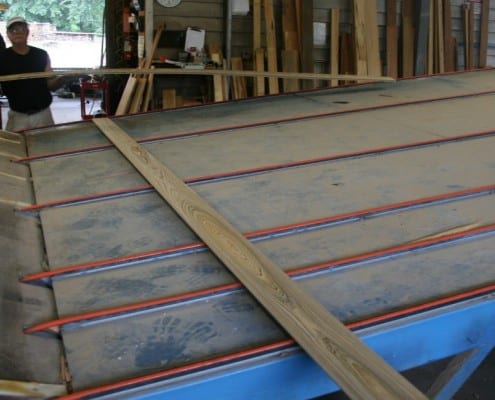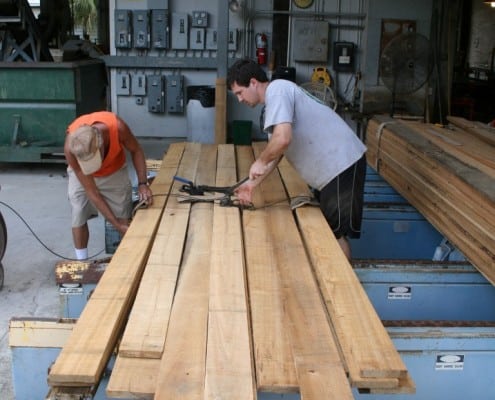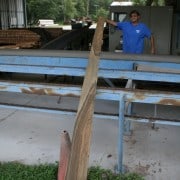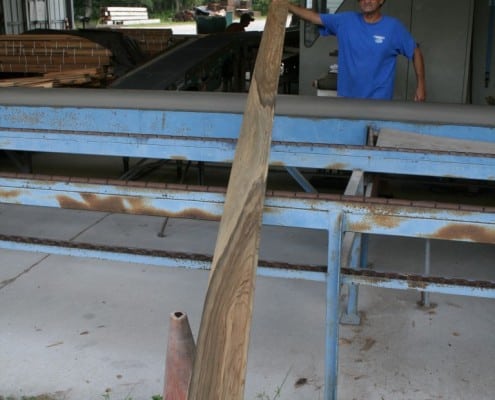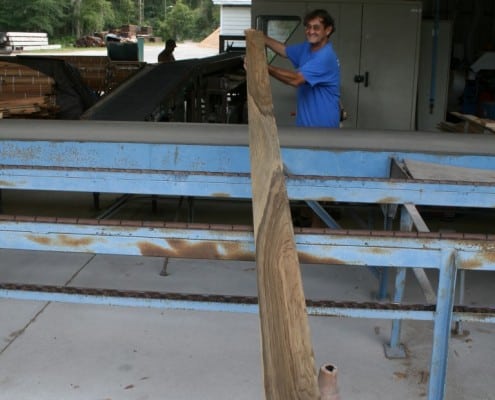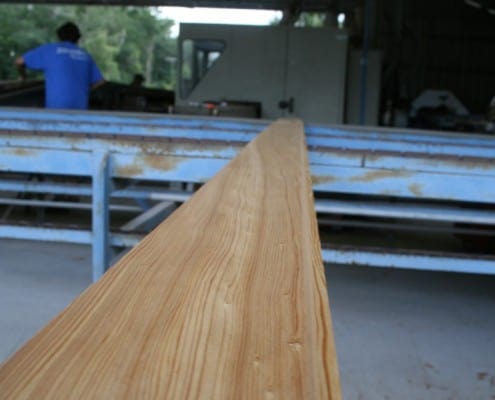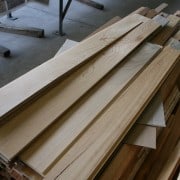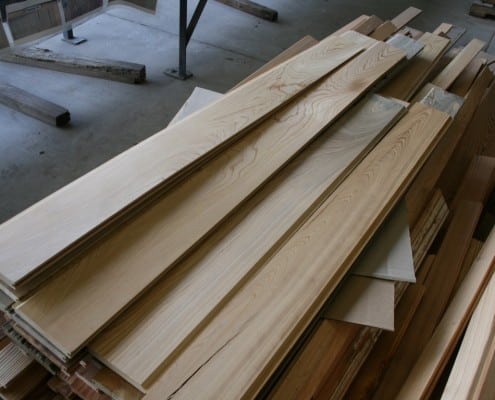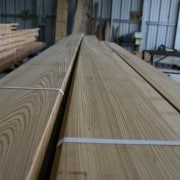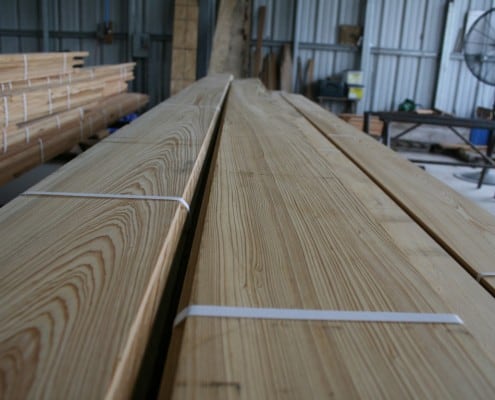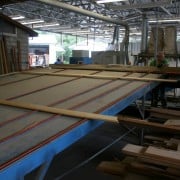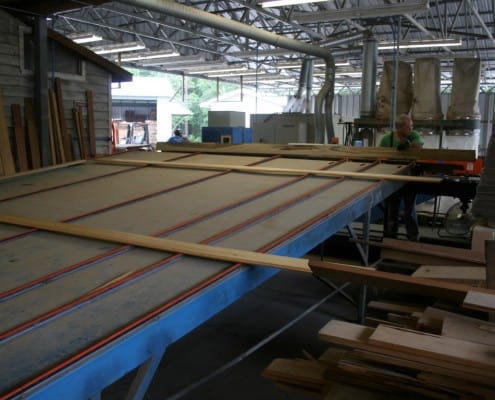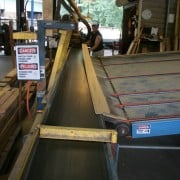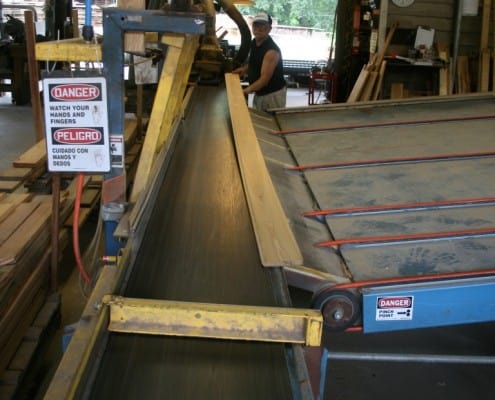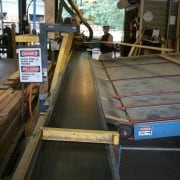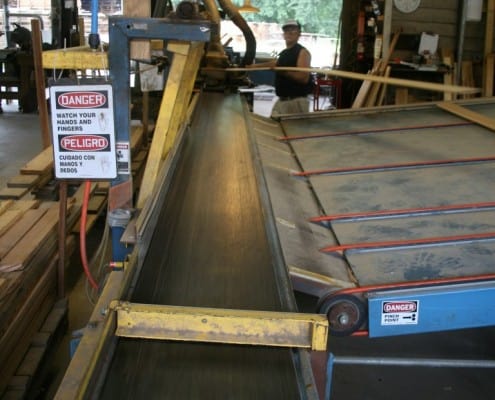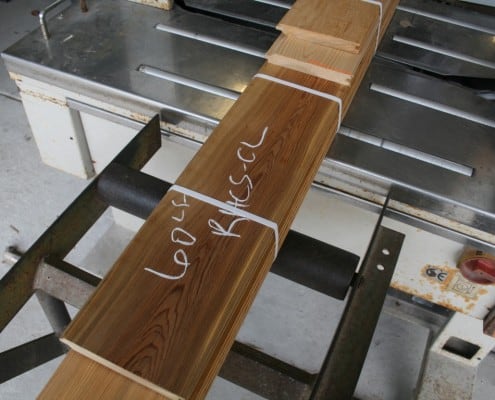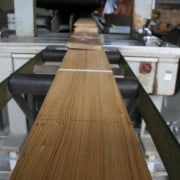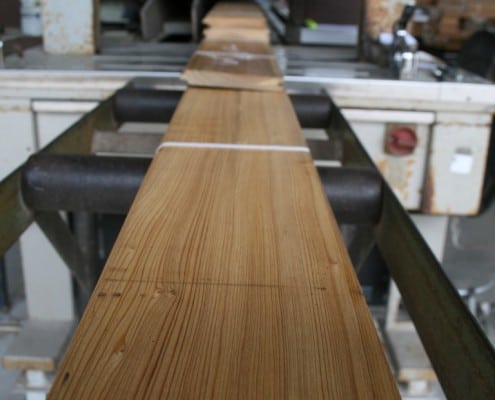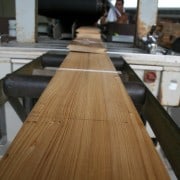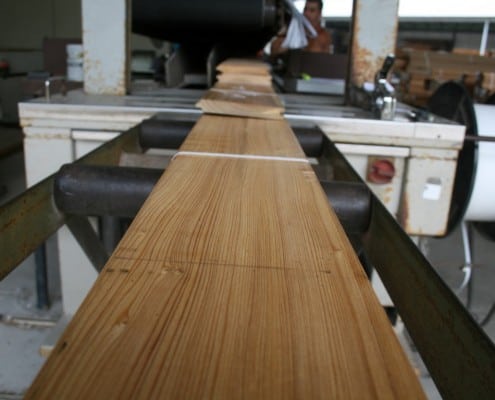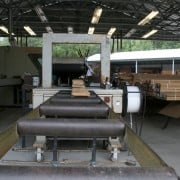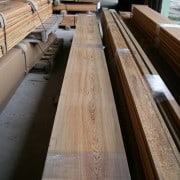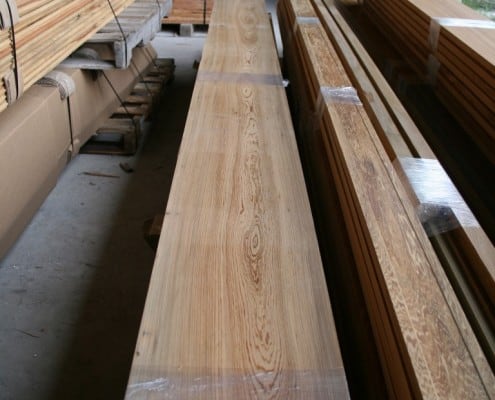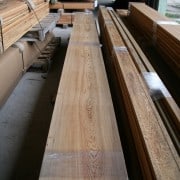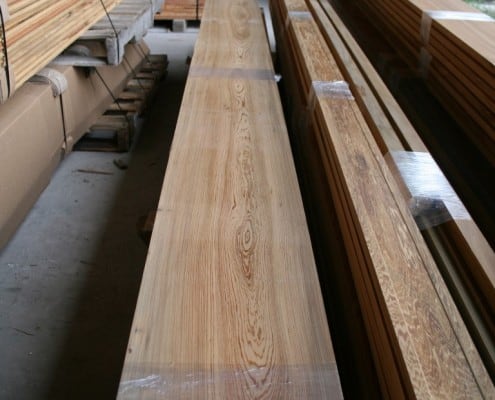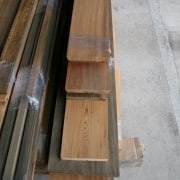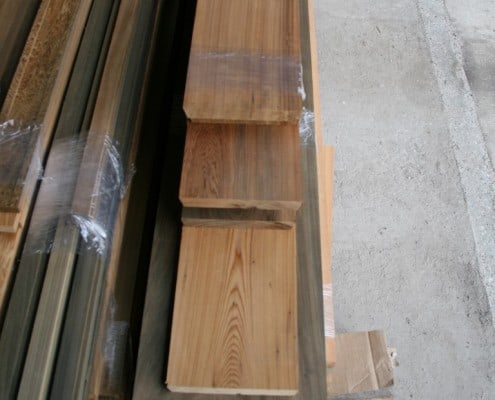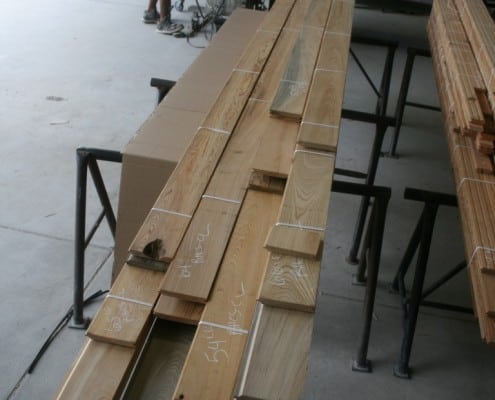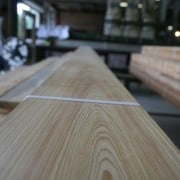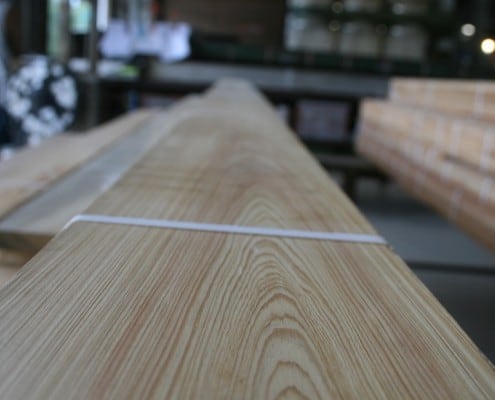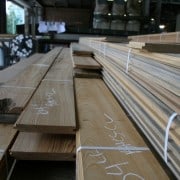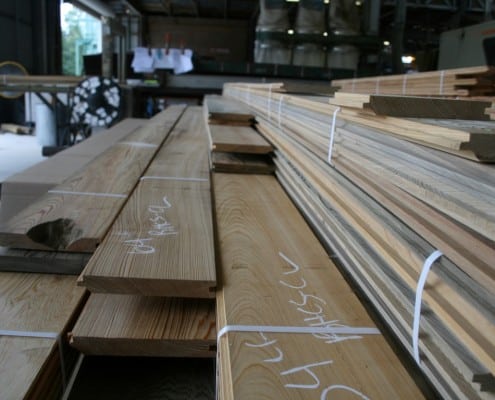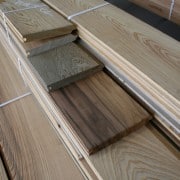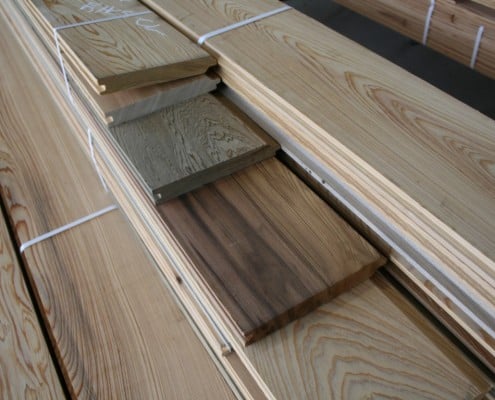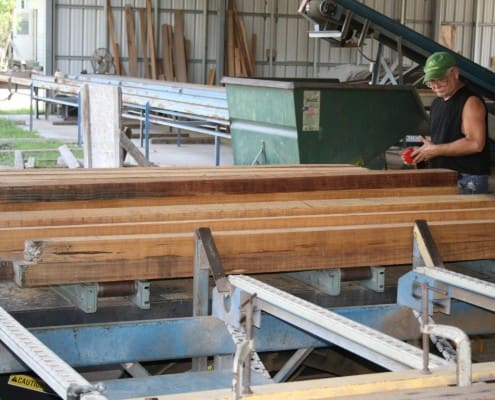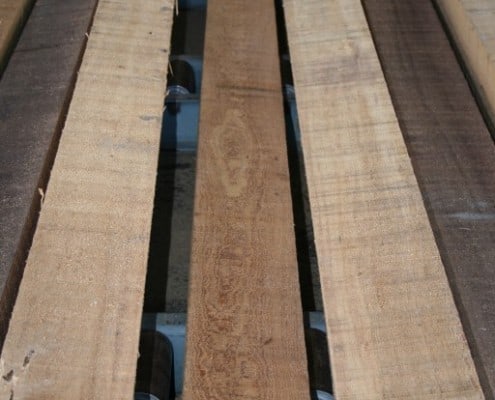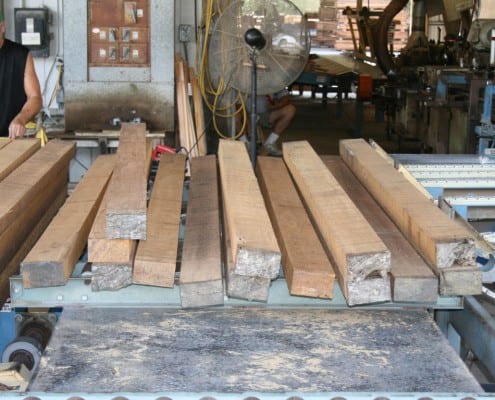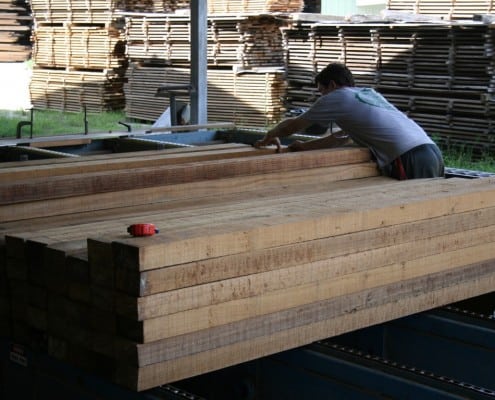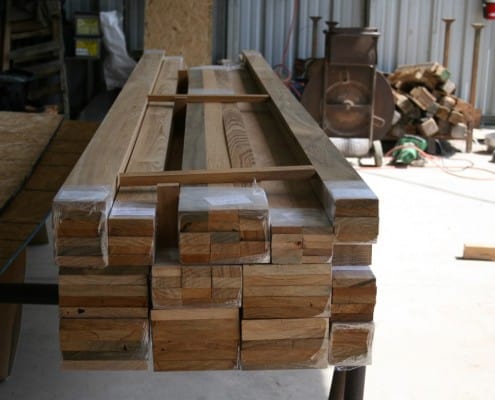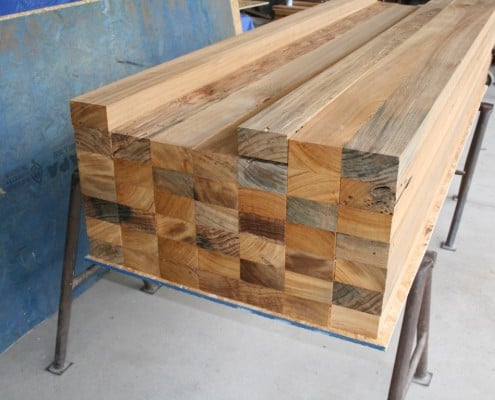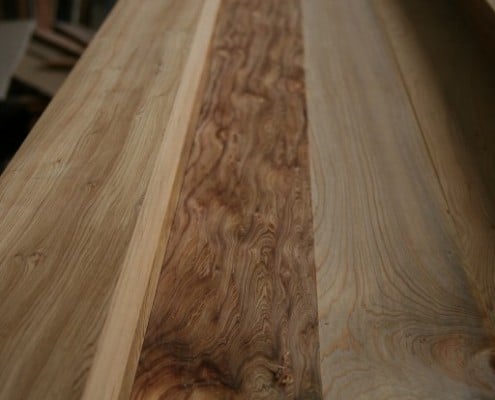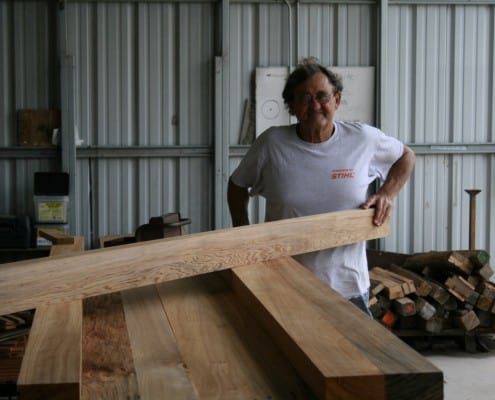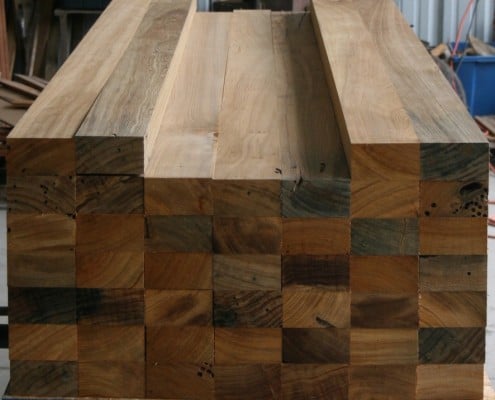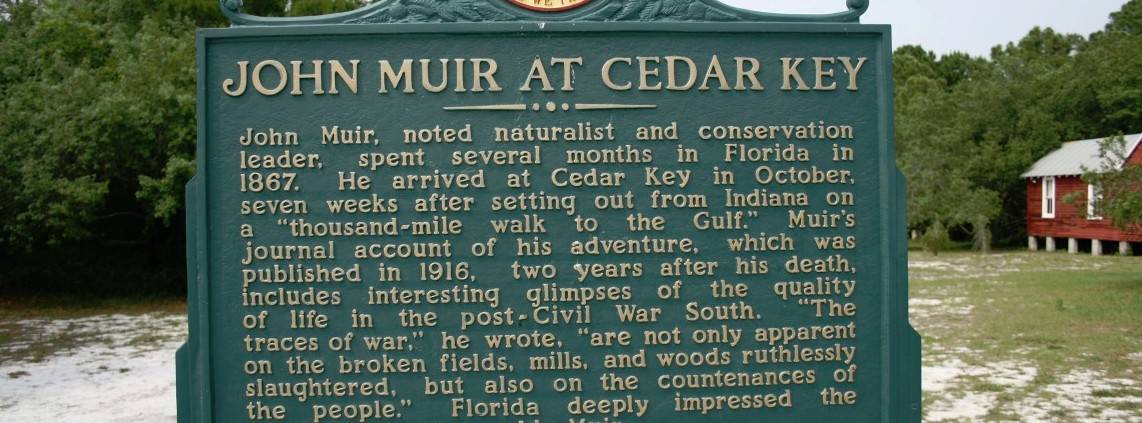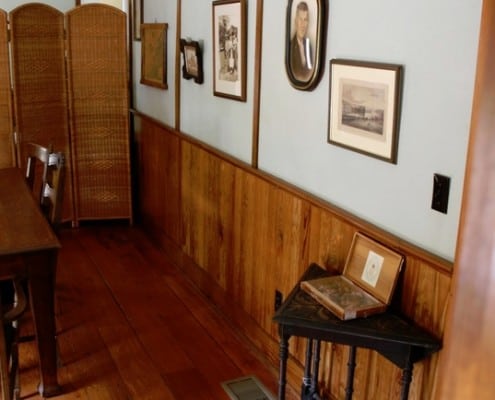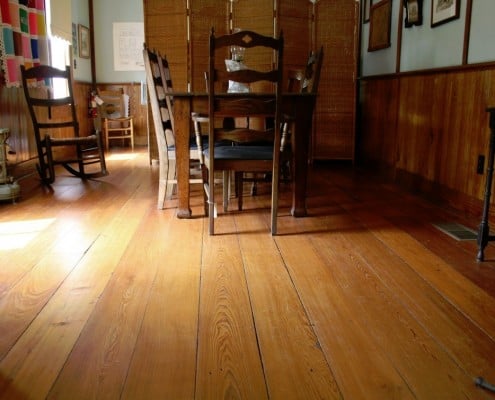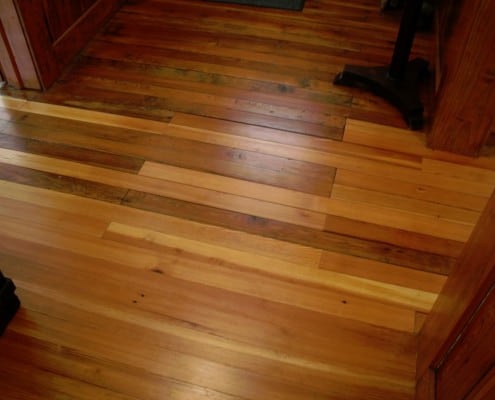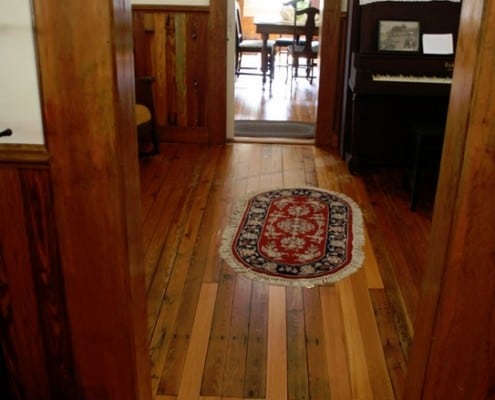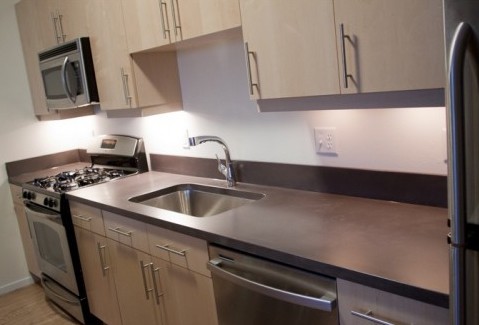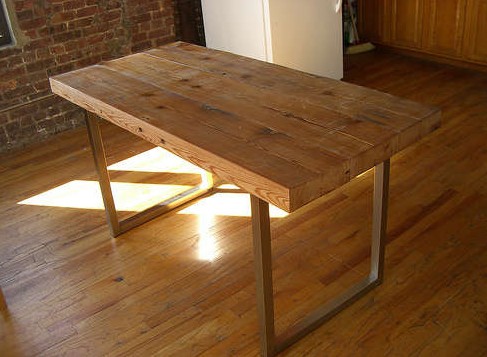Tag Archive for: Kitchen Wood Flooring
Take a look at these beautiful, precision milled sinker cypress boards. We used them to construct nine benches for Bok Tower Gardens.
Remember when we asked you to guess what our latest “gentle giant” was being transformed into? Hint: “her new home will be at a National Historic Landmark”.
If you guessed Bok Tower Gardens, you were correct!
Bok Tower Gardens in Lake Wales, Florida announced its expansion plans last year. Today, construction is in full force! Goodwin is proud to be providing headers, window sills, trim and siding for the new children’s interpretive center and outdoor demonstration kitchen. Our River-Recovered® Heart Cypress is the perfect complement to the rich culture and history of Bok Tower Gardens.
Goodwin is in the process of milling cypress for the project. Enjoy this video which offers a special inside look at the process:
And, check out these photos of the first run of siding as the transformation continues:
Read more about the expansion: http://boktowergardens.org/blog/gardens-announces-expansion-plans-on-85th-anniversary/
This River-Recovered® Heart Cypress Select trim is being milled and packaged for a new children’s interpretive center and outdoor demonstration kitchen at Bok Tower Gardens. Goodwin is providing siding and trim for both buildings, which were designed by Lake/Flato Architects. Henkelman Construction of Lakeland is the contractor.
Stay tuned…we will post more photos as this exciting project progresses!
Last weekend, our Marketing Coordinator Jeffrey and his lovely wife Megan celebrated their 18th wedding anniversary in Cedar Key, Florida. While there, they visited the St. Clair Whitman House at the Cedar Key State Museum. Although Jeffrey was away on pleasure, he could not resist taking these photographs of Goodwin’s wood in the home:
Last year, Dale Kendrick with the Florida Park Service repaired several sections of flooring in the St. Clair Whitman House using Goodwin’s LEGACY heart pine. Jeffrey’s photos not only show the contrast of the new wood to old, but also illustrate how well the material marries together as a whole. The wood is featured in the front entrance, kitchen and on some of the wainscot in the dining room.
If you are ever on Cedar Key, be sure to stop by and check it out!
Hmmm…. I am considering giving Jeffrey an afternoon off to take his wife to an early dinner and movie since he found a way to “work” on his anniversary weekend…
Congratulations, Jeffrey and Megan. And, thank you for the wonderful photographs!
Building green is trendy these days in the construction and remodeling industry. There are environmental experts who point to concrete as a suitable material for green construction, including concrete floors, concrete homes and concrete countertops.
Concrete countertops are increasingly popular because the offer a wide array of design options – they can be formed into dramatic and amazing shapes, sculpted before curing, inlaid with tiles or designs, and most impressively they can be made in just about any color and finish. They offer all the beauty of natural stone, all the customization options of a synthetic material, yet they’re incredibly durable and surprisingly affordable.
But are concrete countertops a “green” option, or are they just greenwashed? How are concrete countertops better for the environment over other alternatives like stone or tile? The answers lie in how the concrete is made and treated before the countertop is installed in a customer’s home.
Can Concrete Be Environmentally-Friendly?
Concrete is made primarily from gravel, sand, and cement. Gravel and sand are 100 percent natural, so they can be an Eco-friendly choice. However, these aggregates can also be a source of pollution – especially if they’re trucked in from long distances. Therefore, you and your installer need to determine if the concrete aggregate is local or not when determining the Eco-friendliness of this option.
One alternative to standard gravel and sand aggregate is to use recycled material such as paper, coal fly ash, and glass. When mixed with cement, the finished concrete can be comprised of as much as 75 percent recycled materials, meaning that the finished product has very low net emission levels. This might be a good option to investigate with your installer as well.
The biggest environmental issue with concrete, however, isn’t the aggregate – it’s the cement used to bind the aggregate together. Creating cement emits mass amounts of CO2 emissions, which is by far the most serious concern pertaining to global warming; for every ton of cement produced, there is an equal amount of CO2 emitted. While there are concrete production options available that lessen the impact on the environment without compromising the positive attributes of concrete, these cements must be specifically requested as they are more expensive.
Finally, it’s also a good idea to ask your installer about recycled concrete. Left over cement and concrete can be partially re-used to create new concrete, further reducing the environmental impact of any concrete installed in your home.
The Verdict
Recycled concrete can be used in floors, walls, outdoor effects, and even countertops to provide stunning and environmentally friendly additions to any home or business. Concrete’s unique properties – it can be custom-sculpted, inlaid with tiles or designs, and amazing color array – allow designers to create dramatic looks in the kitchen, bathroom, or outdoors. However, the method used to fabricate the concrete needs to be taken into consideration when choosing supposedly green concrete. While concrete can be made into a green building material, the opposite can also be true. So ask your installer.
Finally, don’t forget to compare green concrete counters to other alternatives. Granite countertops, for example, may seem very natural and therefore very “green,” but in actuality they may have tremendous amounts of CO2 emissions because the stone must be excavated, polished, and shipped hundreds or thousands of miles before install. The same goes for other natural stones.
Author Miguel Salcido writes for Premiere Vanities, a company that makes bathroom vanities from a variety of materials incorporating a range of textures, including fiberboard, laminate and various types of wood.
Reclaimed wood furniture is growing in popularity, we have looked around and found some interesting items to share: DIY, upcycled or master craftsmen, take your choice! Master Craftsman The Crivelli Table dining table kitchen island 72″ x 24″ x 3… brandmojo interiors $1,175.00 USD

